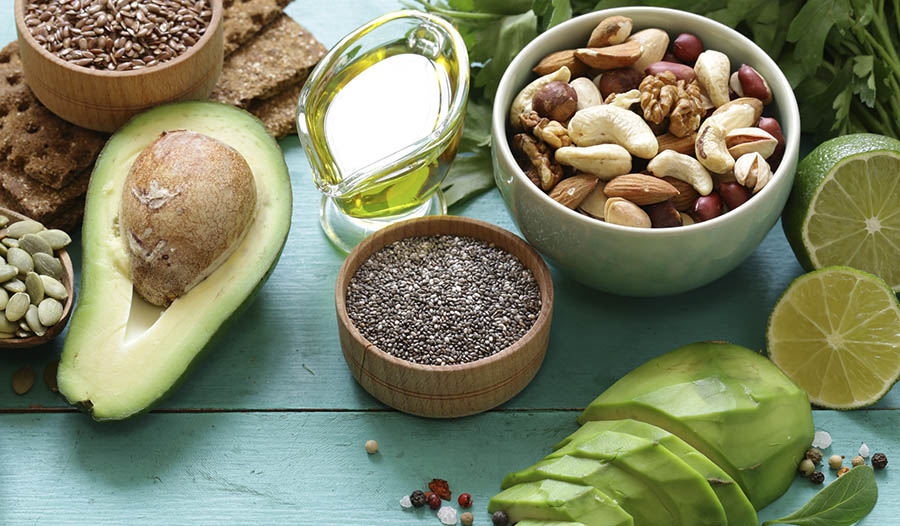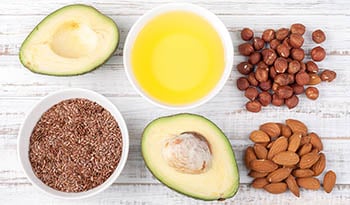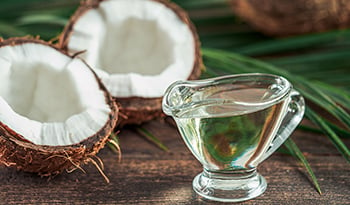Is There Such a Thing as Too Much fat? Not on the Ketogenic Diet

What Is Ketosis? Why Is It Important?
Ketosis refers to the normal metabolic process of fueling the body using fat when carbohydrates are no longer available. In normal conditions—in which a person does not have a metabolic condition—the body is metabolically “flexible.” This means that a person can use both fat and carbohydrate as a source of fuel.
When a person has been fasting or has started a high-fat, low-carbohydrate diet, there is an adaptive process that occurs in which the body shifts to burning mostly fat in a process known as ketogenesis. This process can take a few days to a week to occur in most people. Ketone bodies are molecules that are formed in the liver from fats. This is important because sugar (glucose) from carbohydrates is the predominant fuel source for the brain. Glucose can cross the blood-brain barrier to fuel the brain and fatty acids (from fat) can’t. Ketones, however, can cross over to the brain and therefore can be utilized by the brain for fuel. This was a particularly important adaptation for our ancestors during times of famine in which food was scarce.
What Makes the Ketogenic Diet Different Than Atkins?
The ketogenic diet is not a high-protein diet. The typical ketogenic diet is a ratio of 4 fat to every 1 protein. The typical distribution is 75-80% fat, 15-20% protein and 5% or less of carbohydrate. It is a very high-fat, moderate protein, and very low-carb diet. The Atkins diet does not have the same limitation on protein. Certain proteins, when broken down into amino acids, can be utilized similar to carbohydrate for fuel, and may cause a person to come out of ketosis. Many people make the mistake of thinking they are following a ketogenic diet, but they are really following more of an Atkins-style diet. It is often very difficult for people to eat around 80% of their calories as fat.
Who Can (or Can’t) Benefit from the Ketogenic Diet?
The Ketogenic diet is gaining traction as a diet for weight loss and disease prevention. Research on the ketogenic diet for weight loss and diabetes is promising, but due to the restrictive nature of the diet can be hard to sustain. Certain medications, when combined with the ketogenic diet, may increase the risk of dangerously low blood sugar. Working with a dietitian or health care provider when following this diet is recommended.
The ketogenic diet has been researched as a therapy for cancer patients due to the potential anti-tumor mechanisms of the diet. However, there are some questions that need to be answered regarding the safety and efficacy of using this dietary approach with cancer patients before this becomes a widely-used therapy.
The evidence on the ketogenic diet in athletic performance is mixed. It is likely not a good approach for athletes participating in high-intensity activity or power sports such as weightlifting or sprinting. This is because the process of burning fat is too slow for high-energy activities in which carbohydrates provide a rapid source of fuel.
Other Considerations
There is little to no research on the long-term effects of following a ketogenic diet. Because the diet is so low in carbohydrate it can be very difficult for people following this diet to get adequate fiber. For this reason, it is important that the majority of the carbohydrate intake comes from non-starchy vegetables, including plenty of leafy greens. A fiber or probiotic supplement might also be a good addition.
Keto-friendly Foods and Supplements:
- Fats: the diet is very high in fat, but including more heart-healthy fats from avocado, olives, fish, and some nuts/seeds is recommended.
- Protein is an important part of this diet, but not too much. Protein foods include meats, fish, nuts/seeds, and some dairy such as cheese. Proteins from milk and legumes are limited due to carbohydrate content.
- Non-starchy vegetables, especially the leafy greens. Consider adding a green powder for added nutrients and fiber.
- Consider a multi-vitamin. Due to the restrictive nature of the diet, getting the right number of vitamins and minerals might be challenging.
References:
- https://www.nature.com/articles/ejcn2013116
- https://www.ncbi.nlm.nih.gov/pmc/articles/PMC4212585/
- https://www.ncbi.nlm.nih.gov/pubmed/19049574
- https://jamanetwork.com/journals/jama/article-abstract/2669724
DISCLAIMER:This Wellness Hub does not intend to provide diagnosis...
















































































 Table of Contents
Table of Contents











